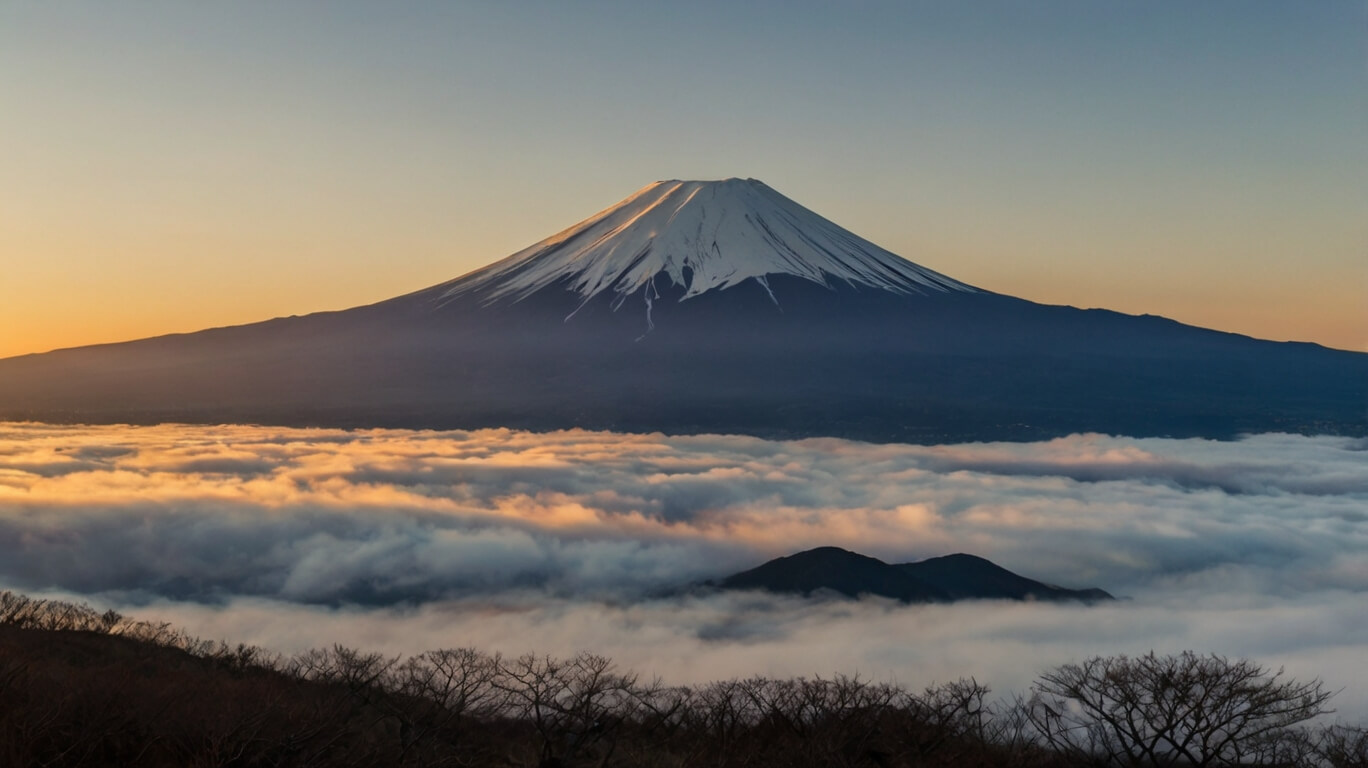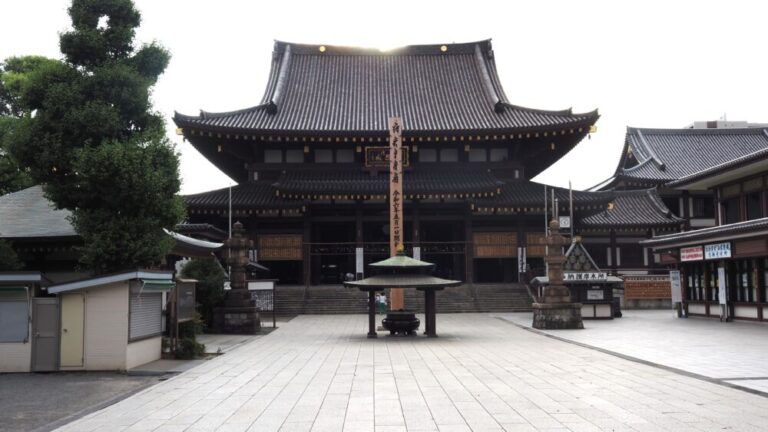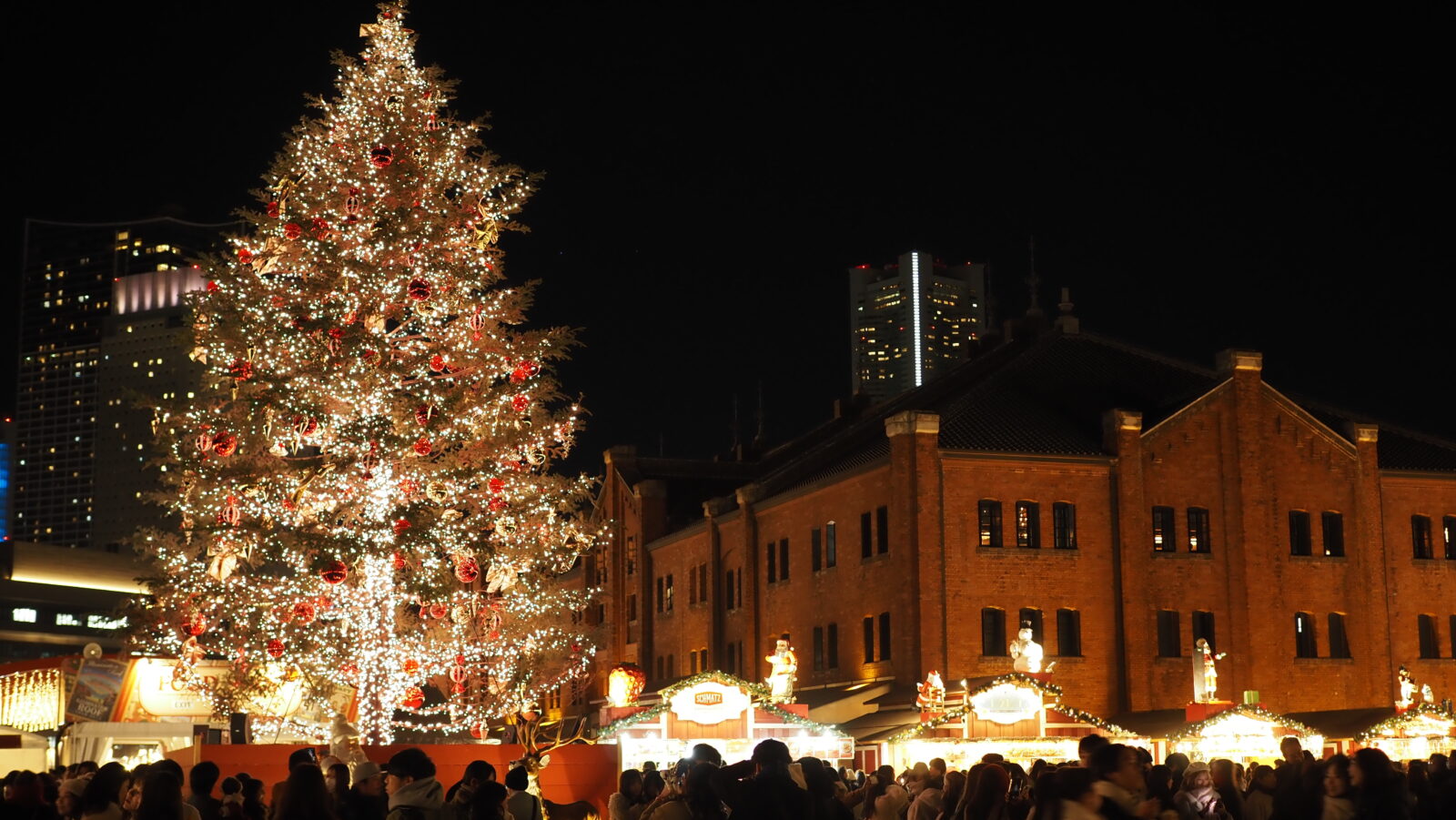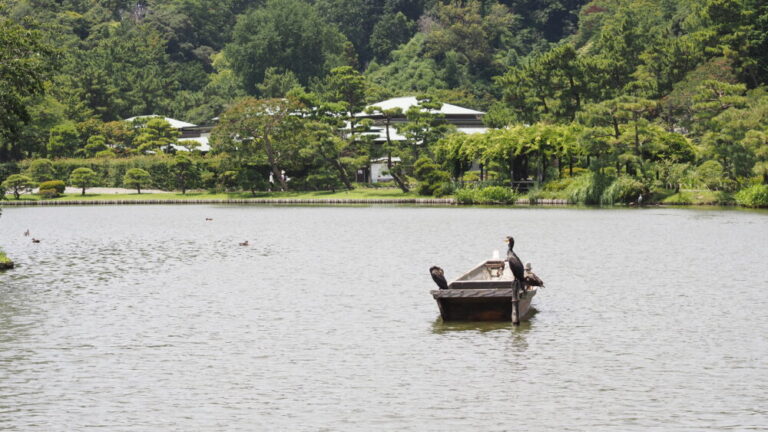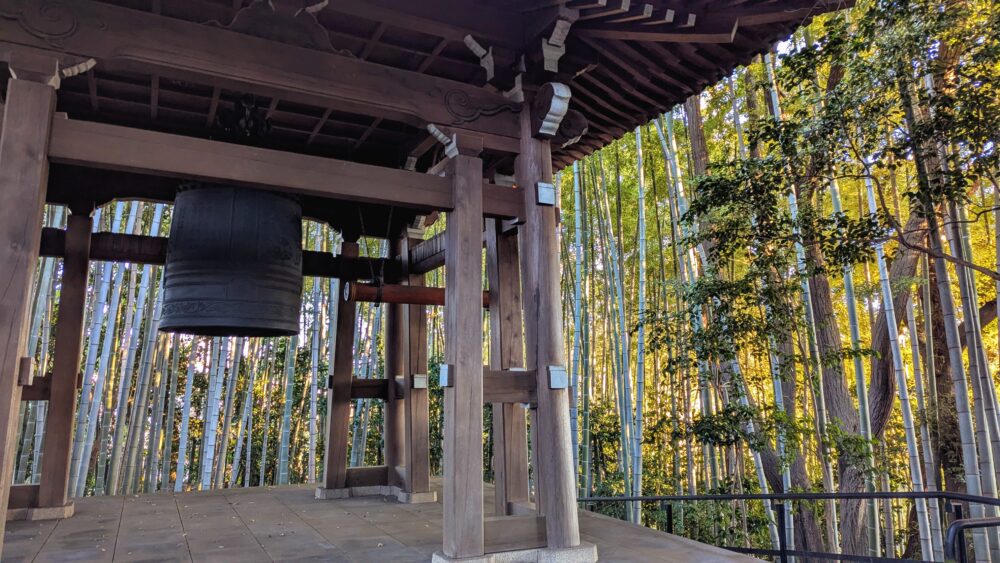Introduction
In Japan, New Year’s Days, known as Oshogatsu (お正月), hold a special place in our hearts. It’s a time to reset, reflect, and embrace the coming year with fresh energy. For many Japanese, this period feels serene yet festive, filled with unique customs and meaningful practices. This article explores what makes it such a cherished holiday season.
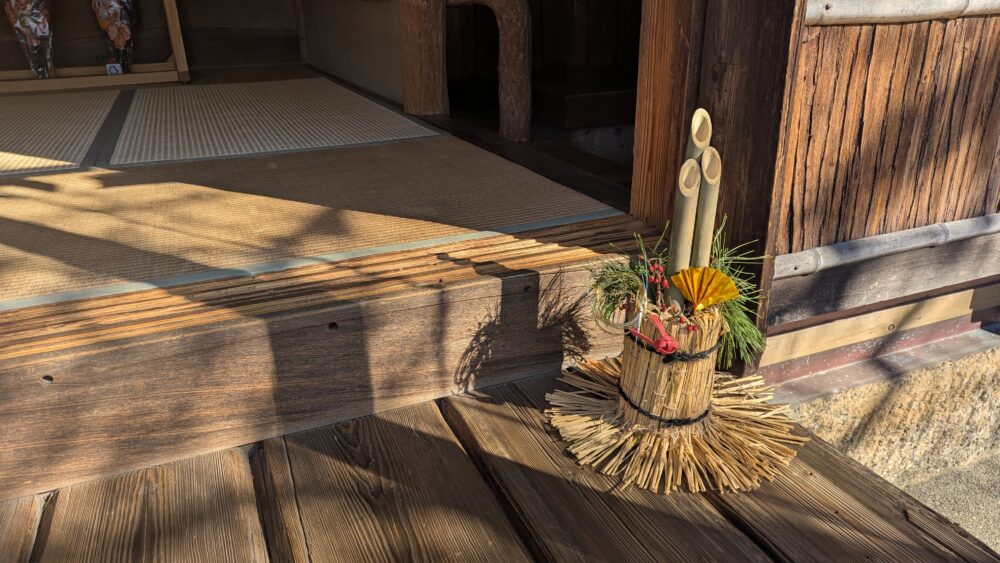
1. What New Year’s Time Feels Like
This Is Our Holiday Season
For Japanese people, the days around New Year’s Day are the real holiday season called OShogatsu (お正月). While Western holidays like Christmas have gained popularity, New Year remains deeply rooted in our culture. It’s a time for reconnecting with family and honoring our ancestors and spiritual beliefs.
Streets are quieter as people retreat to their homes, but the silence is not empty. It’s filled with anticipation and warmth. Homes are adorned with decorations like Kadomatsu (pine and bamboo arrangements) and Kagamimochi (Decorative Rice Cakes), symbolising purification and welcoming deities. Families come together to share laughter, delicious meals, and traditions passed down through generations.
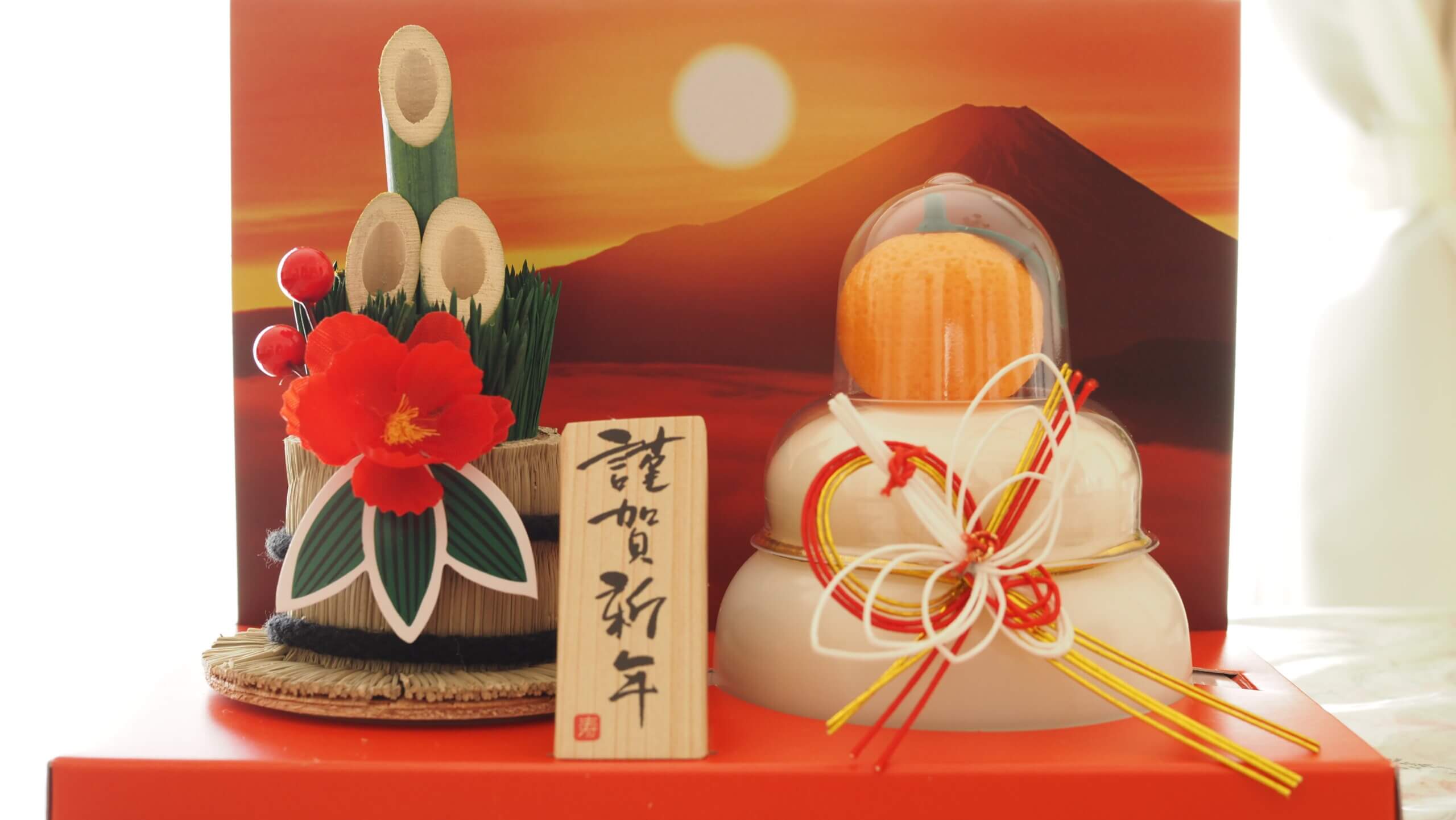
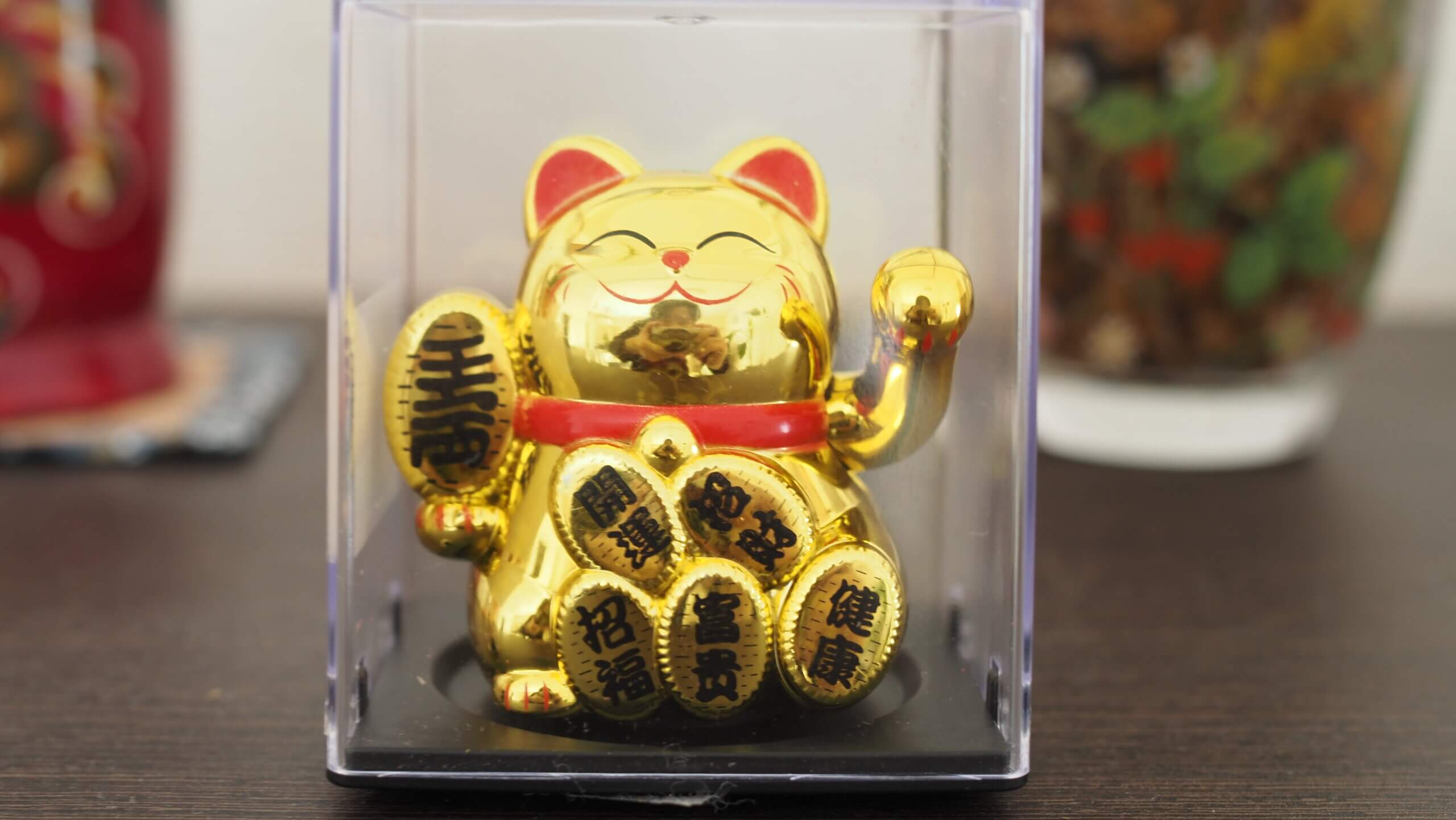
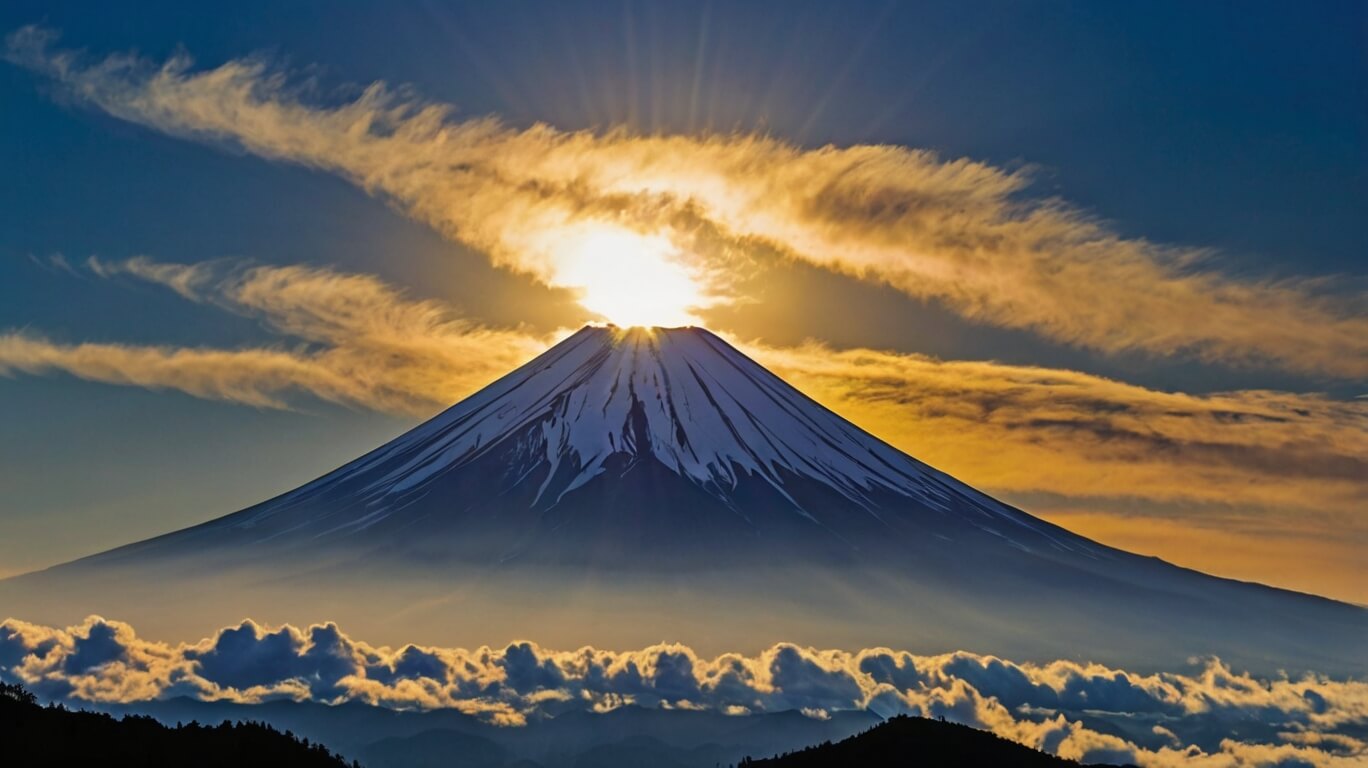
2. How to Spend New Year’s Holiday
Witness the First Sunrise
One cherished tradition is Hatsuhinode (初日の出), witnessing the first sunrise of the year. On January 1st, many people gather at scenic spots such as mountaintops, beaches, or even city rooftops to watch the sun rise. It’s a symbolic act of welcoming the New Year’s light, representing hope and renewal.
In Kanagawa, Enoshima, Miura, and the rooftop of Yokohama are popular places to observe Hatsuhinode. Bundled up against the cold winter air, families, friends, and couples share this tranquil moment, often making wishes as the sun breaks over the horizon. The beauty of this ritual lies in its simplicity and connection to nature.

Enjoy New Year’s Special Cuisine
Food plays a crucial role in New Year’s celebrations, and nothing epitomises this better than Osechi Ryōri. These beautifully arranged special dishes are usually presented in multi-tiered lacquer boxes called “Jubako“. Each dish carries symbolic meanings, such as longevity, prosperity, and happiness.
Some common dishes include:
- Kuromame (black soybeans) for health.
- Kobumaki (Konbu roll) for longevity and prosperity.
- Kinton (mashed sweet potato with chestnuts) for making luck with money.
- Datemaki (sweet rolled omelet) for wisdom.
Sharing Osechi Ryōri with family is a moment of unity and joy, a culinary celebration of life and hope for the future.
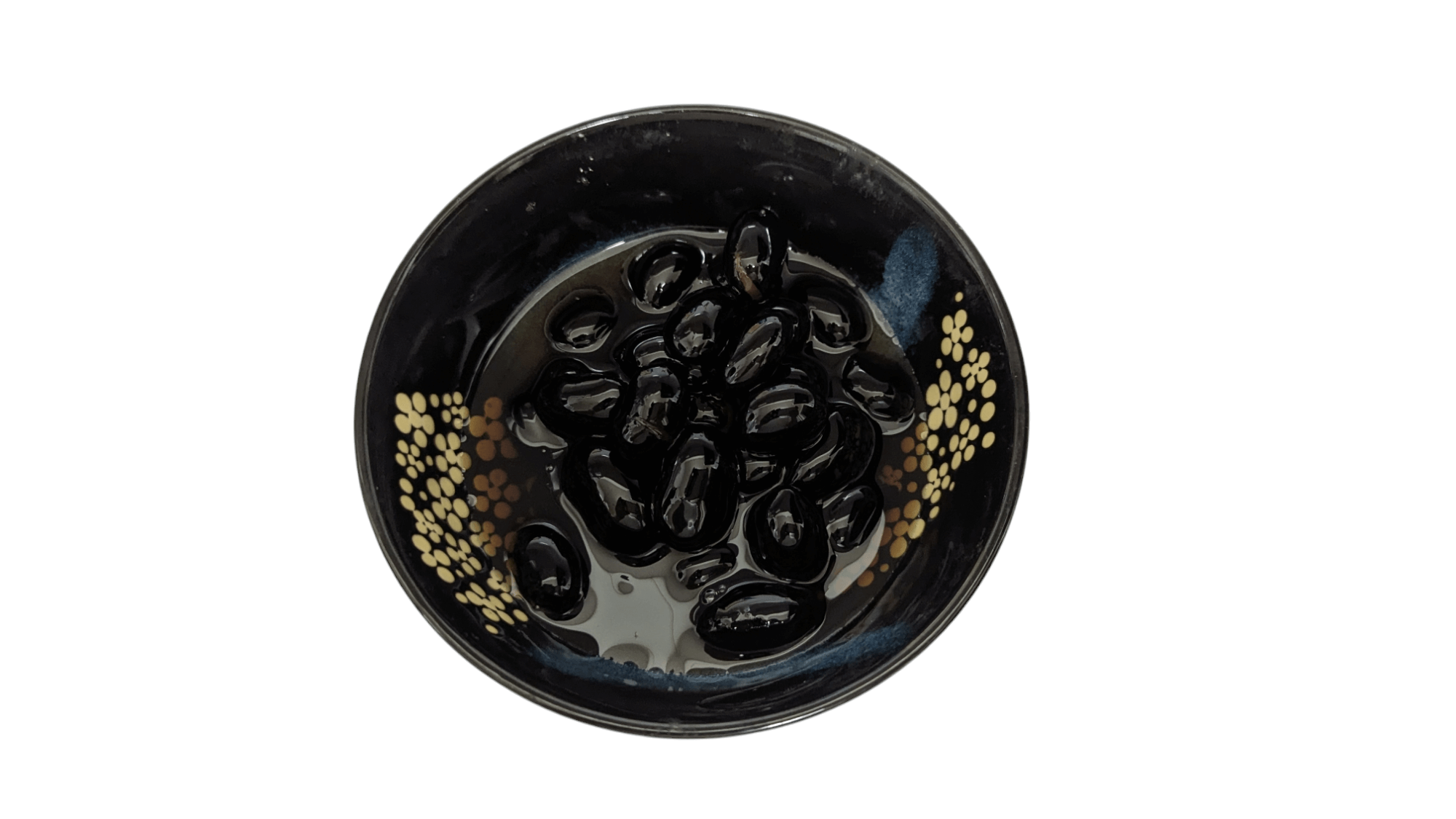
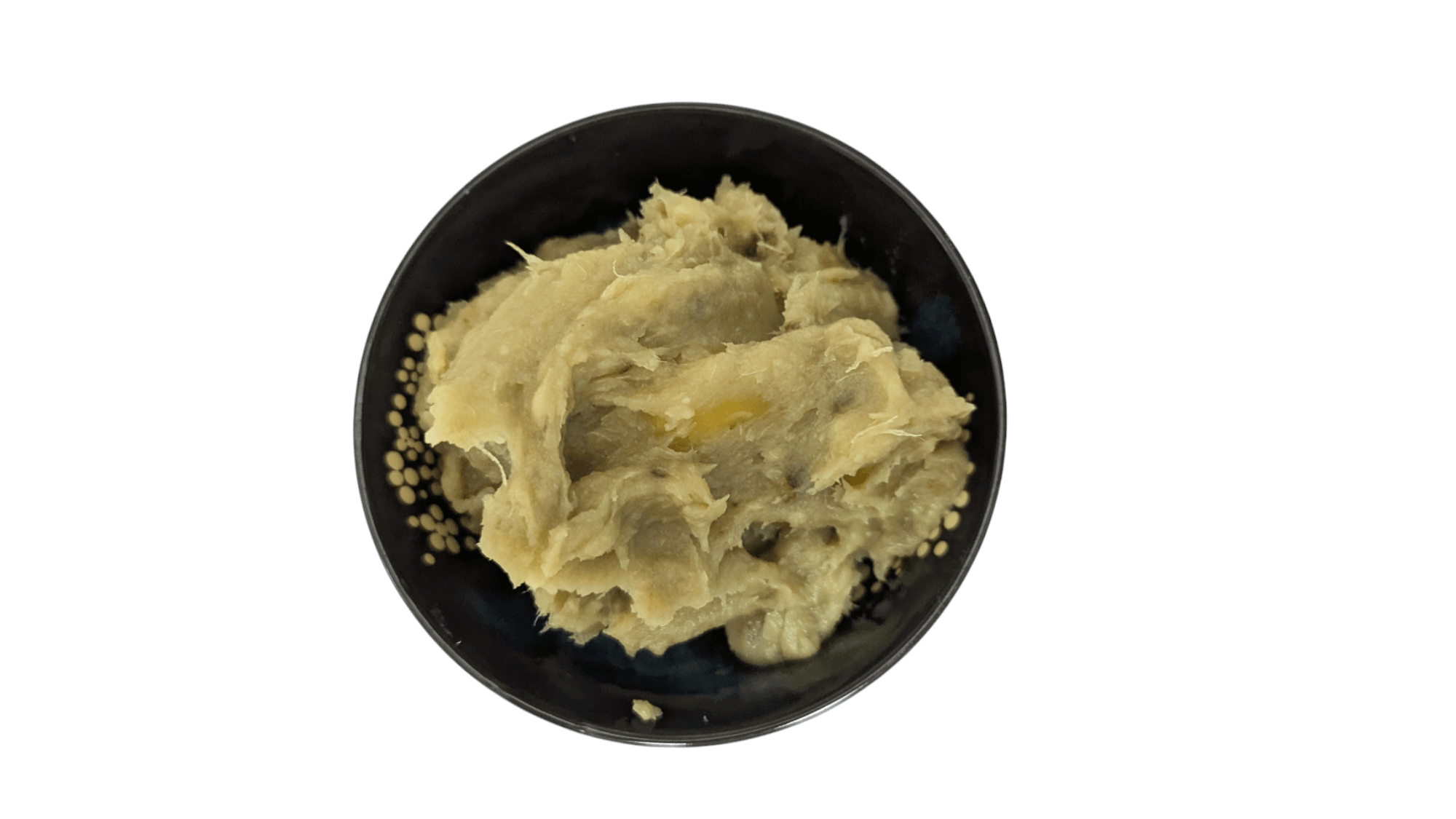
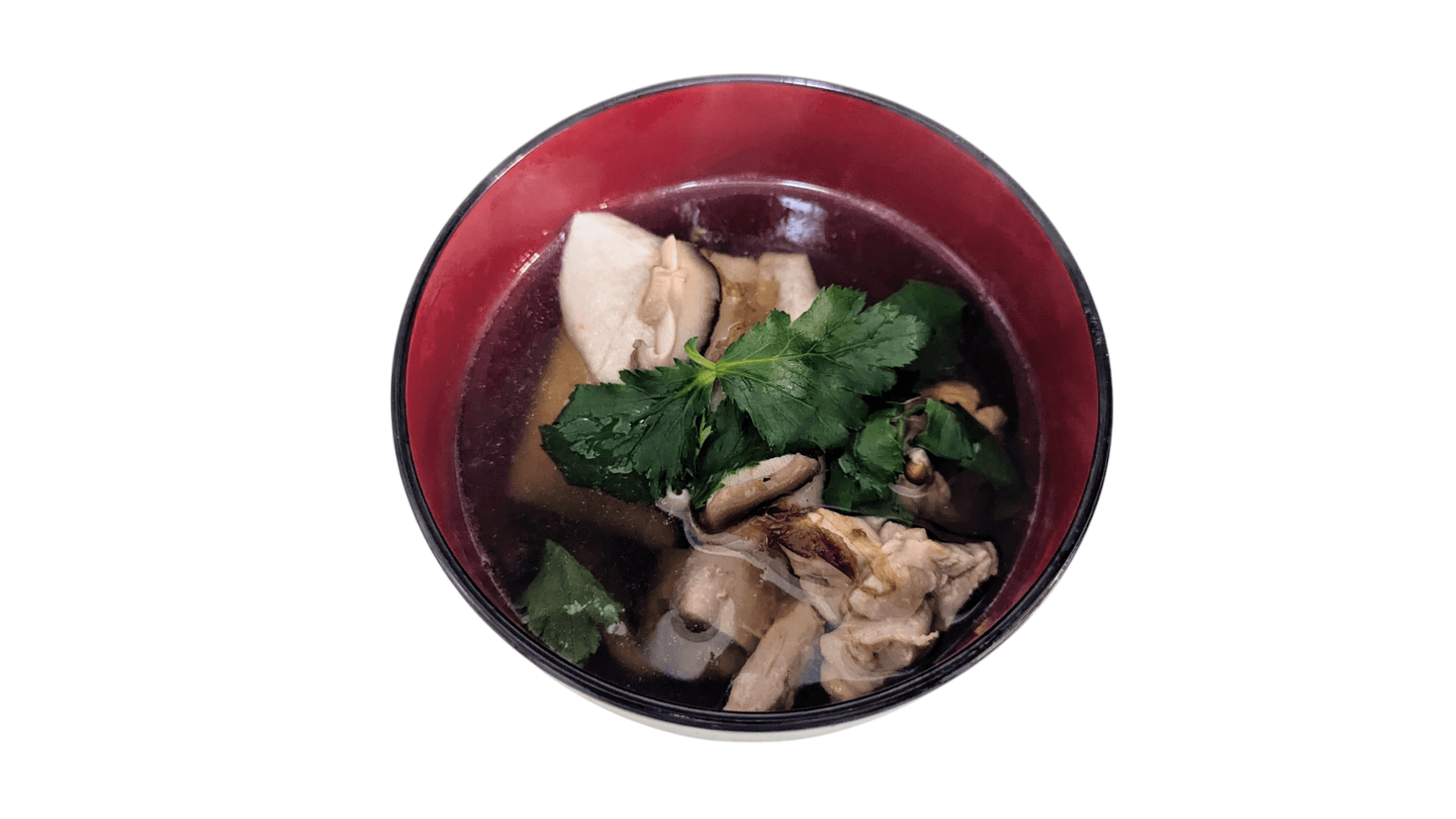
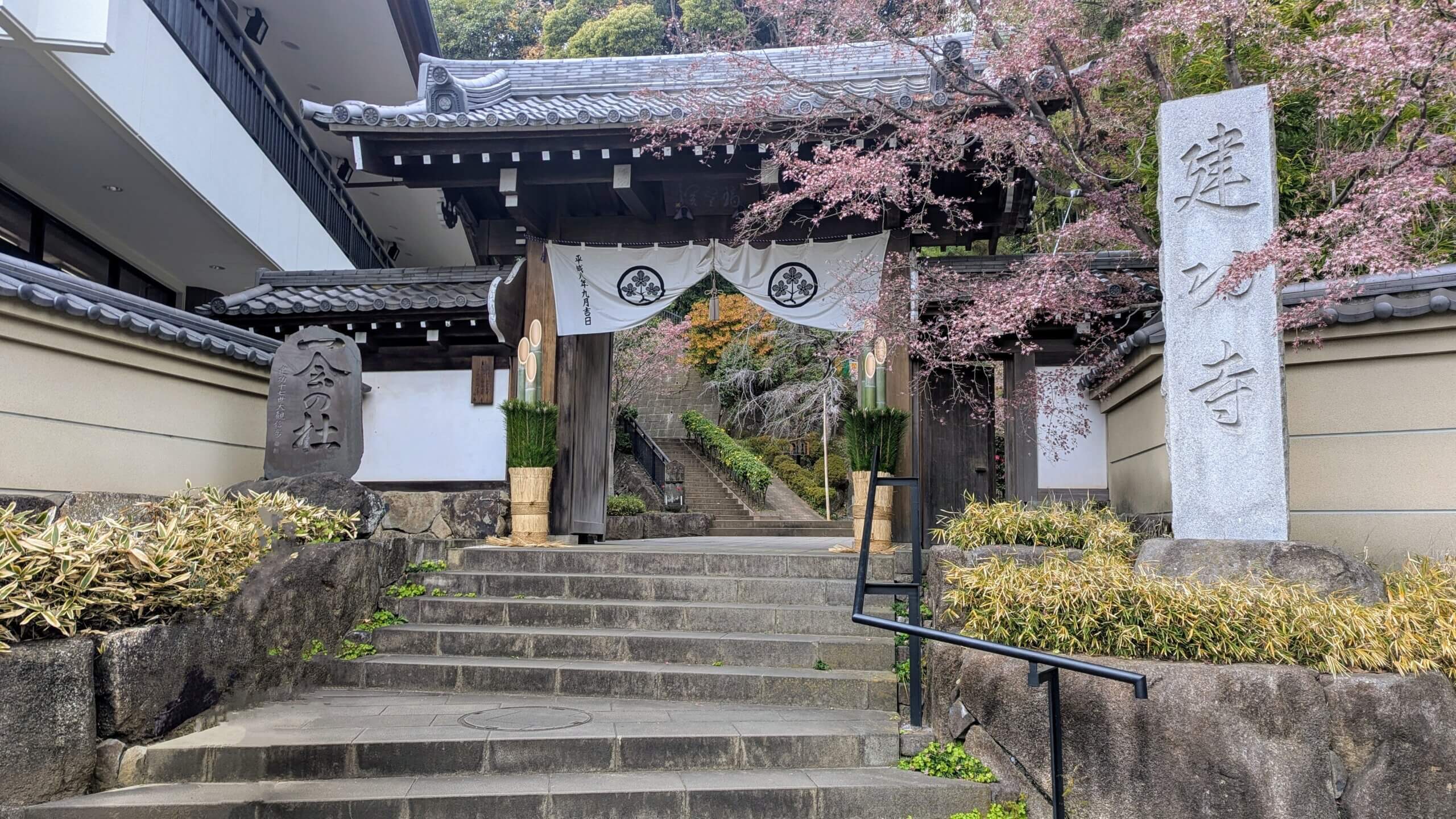
Visit a Shrine for the First Time
No New Year’s celebration is complete without Hatsumōde (初詣), the first shrine visit of the year. Millions of Japanese people head to shrines and temples between January 1st and 3rd to pray for a prosperous year ahead. This is also a time to purchase Omamori (charms), draw Omikuji (fortunes), and return or burn old talismans.
Shrines like Meiji Jingu in Tokyo or Fushimi Inari Taisha in Kyoto see massive crowds, but even smaller, local shrines carry the same spiritual significance. The air is filled with the scent of incense and the sound of bells ringing as people bow their heads in prayer. It’s a spiritual start to the year, rooted in gratitude and hope.
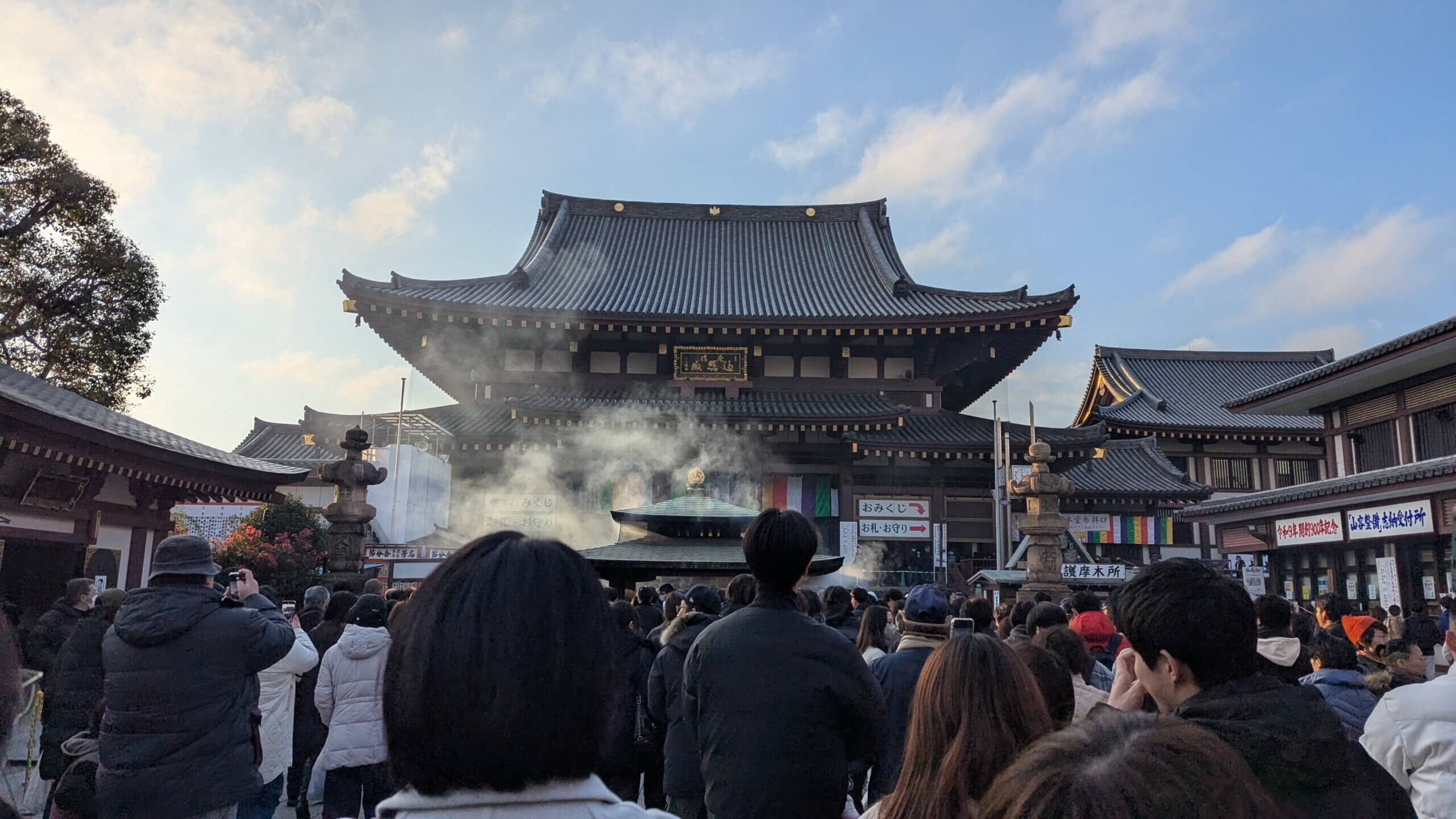
3. Hatsumode at Kawasaki Daishi
Kawasaki Daishi in New Year’s Holiday
Among the countless shrines and temples in Kanagawa, Kawasaki Daishi (川崎大師) stands out as one of the most popular destinations for Hatsumode. This grand temple is known for its Furin (wind bells) festival and vibrant atmosphere during the New Year period.
It’s said that Kawasaki Daishi attracts around three million visitors during the New Year period. The day I visited seemed to be one of the busiest, with the grounds overflowing with worshippers. It took me over 30 minutes to reach the main hall. As I passed through the gate adorned with a beautiful Shimenawa (sacred rope), the gentle aroma of incense enveloped me. Amid the lively atmosphere, there was a subtle sense of calm that felt unique to this season.

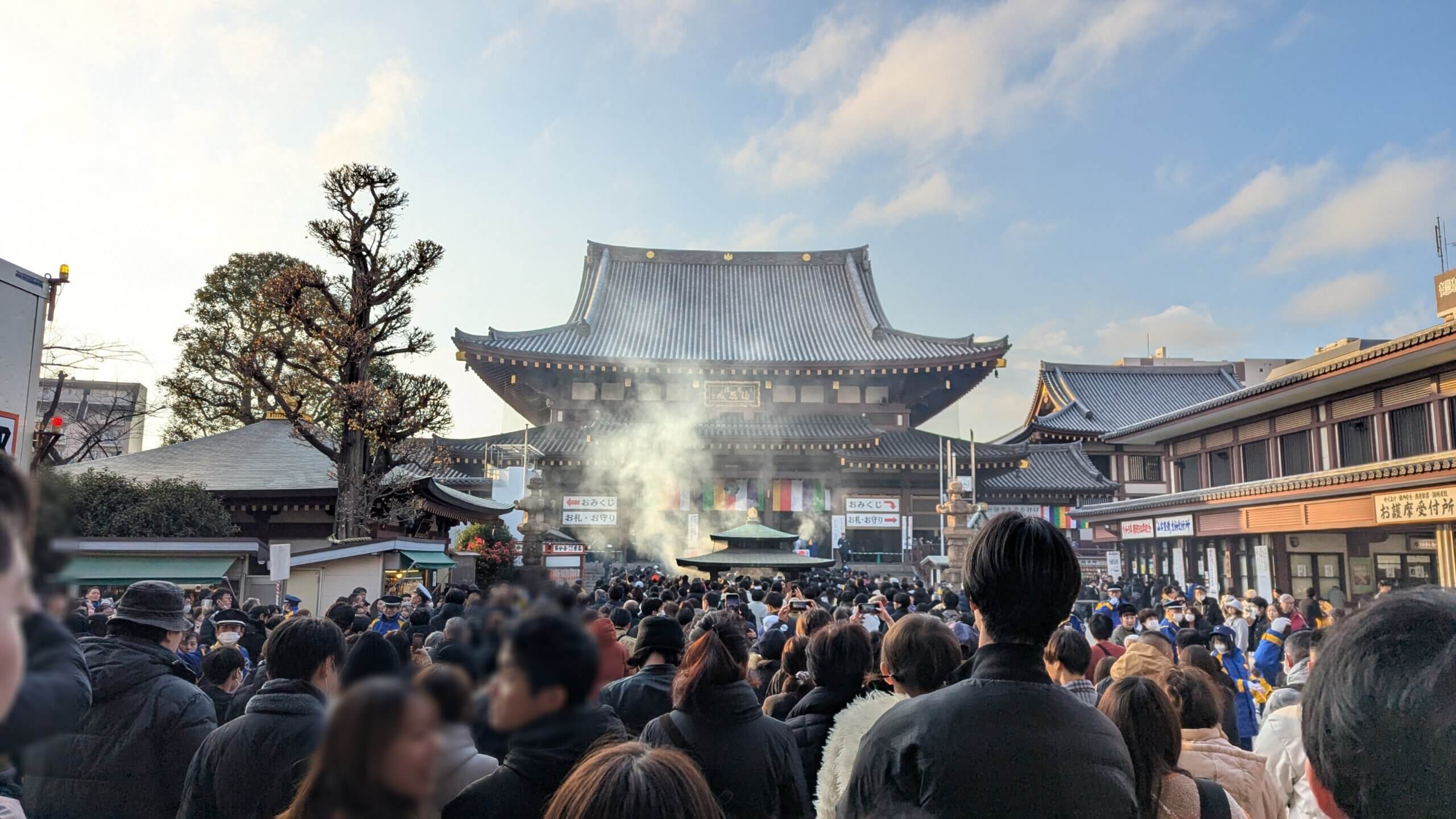
The smoke from the incense
The smoke from the incense is believed to cleanse both body and mind, leaving one with a pure heart. People surrounded themselves with the fragrant smoke, offering their prayers with deep sincerity. Once I finally reached the front of the main hall, I was ready to pay my respects. For those unfamiliar with the process, here’s a simple guide:
- Bow once.
- Toss your offering into the donation box.
- Bow twice.
- Clap twice, place your hands together, and make your prayer.
- Bow once more.
Finally Reach “The Sound”
After completing my visit, I made my way to the bustling Nakamise Street. There, I was eager to hear a specific “Sound” I had been looking forward to. While I’ve shared the sound of wind bells in a previous post, this time, I finally experienced the rhythmic “ton-toko” sound of Cutting Tontoko Candy.
This sound is said to symbolise cutting away misfortune, making it an iconic part of its experience, known for its role in warding off evil. The steady rhythm was incredibly soothing, bringing a sense of lightness and renewal to both my body and spirit. It seems that this sound isn’t always available to hear and can only be experienced during busy times like New Year’s or festivals.

Conclusion
The vibrant traditions of Hatsuhinode, Hatsumode, and Osechi Ryori remind us to cherish the present while looking forward to the future. As we bid farewell to one year and welcome the next, let’s carry the warmth and hope of Oshogatsu into our lives, celebrating not just the New Year but every moment it brings.
Our site focuses on showcasing the beauty of Japan, especially around Kanagawa Prefecture, by sharing engaging and easy-to-understand insights into its fascinating places and culture. Thank you for your continued support, and we look forward to another wonderful year with you.

